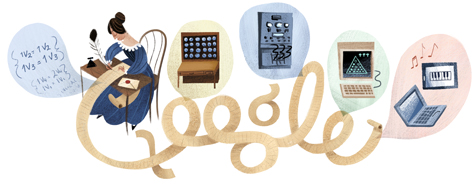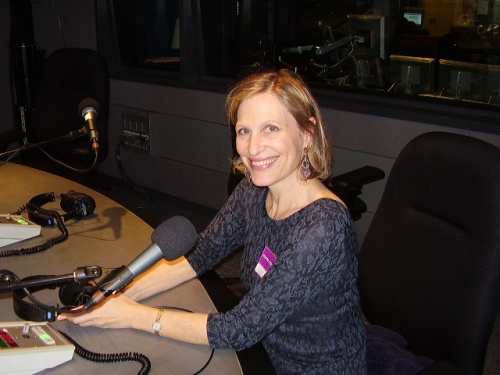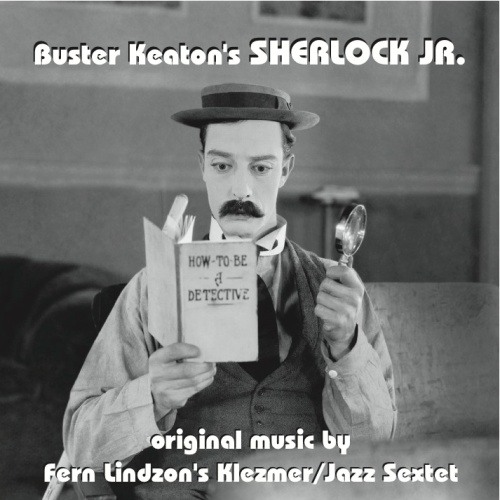I love silent cinema. It’s a new love. It started with the opening of the Bell Lightbox in September, 2010. Just over two years ago.
A stork landed on my doorstep with a Buster Keaton film swaddled in a padded envelope.
Sherlock Jr. What an incredible entryway into the magical world of silent cinema. (I’ve written about it here)
Buster Keaton taught me how to write scores. Buster taught me about timing, about how to introduce a character. He taught me about how you can describe a character through their theme, about how to comment on the action.
But he also taught me to never reveal what was about to happen.
There is a difference between foreshadowing and giving it away.
The story happens in real time. Things happen to people in real time.
When Buster is about to be accused of stealing, the scene starts with him getting ready to save the day. Buster knows that, and we must know that too.
The music must know that, because it makes the reveal, well, so much more revealing.
The Bell Lightbox opened with a concert series of silent cinema gems with various live music scores, including my klezmer/jazz sextet playing to “Sherlock Jr”.
I attended as many as I could. It was my silent cinema 101 course.
I saw “The Passion of Joan of Arc” with Richard Einhorn’s breathtakingly haunting score
DJ Spooky’s “Re-birth of A Nation”- fascinating!
Andrew Downing’s superb and seamless score for “The Cabinet of Dr. Caligari” (you can find an excerpt here:)
and Gabriel Thibaudeau’s lush and beautiful score for “Metropolis”
This was my classroom.
I have since seen the incredible Bill O’Meara play on a few occasions, each time amazing me more and more by his ingenuity, respect for the tradition and his ability to tie it all together in a gorgeous package. Bill has taught me a lot.
Here are some other things I’ve learned:
A score, even improvised, still has shape and form. It has themes that develop along with the action on the screen. It should be able to stand on its own as a coherent musical work.
When the music is distracting to the film, it’s not working. The music needs to sound inevitable. Like it’s always been there. Even if the score is radical, when it can change the feeling of the film, it must never be a distraction from it.
Over the past few months I had the good fortune to delve into the surreal and fantastic world of Méliès and de Chomon and into an early horror film by Tod Browning – “The Unknown” starring Lon Chaney and Joan Crawford. These were all presented as part of Nuit Blanche at TIFF. There were 19 films in all, (some very short) and for each of these films I came up with some melodic, thematic or textural idea which I developed in each film. I made use of prepared piano, melodica and harmonium, thought about Mozart, Chopin and Bach, free jazz and traditional folk music.
For Charlie Chaplin’s “Circus”, my melodic material was Chaplin’s own score, which became the basis for my own improvisation. I mean, how could I possibly improve on Chaplin? His score is witty, clever. he understands irony and how to translate that into music. genius.
So here I am on my birthday thanking the stork for this incredible gift.
And while I’m at it, I’ve just discovered Ada Lovelace via today’s google doodle. She was born 197 years ago today. Mathematician, computer wiz (!) and daughter of Lord Byron. How lovely to share a birthday with Ada!



